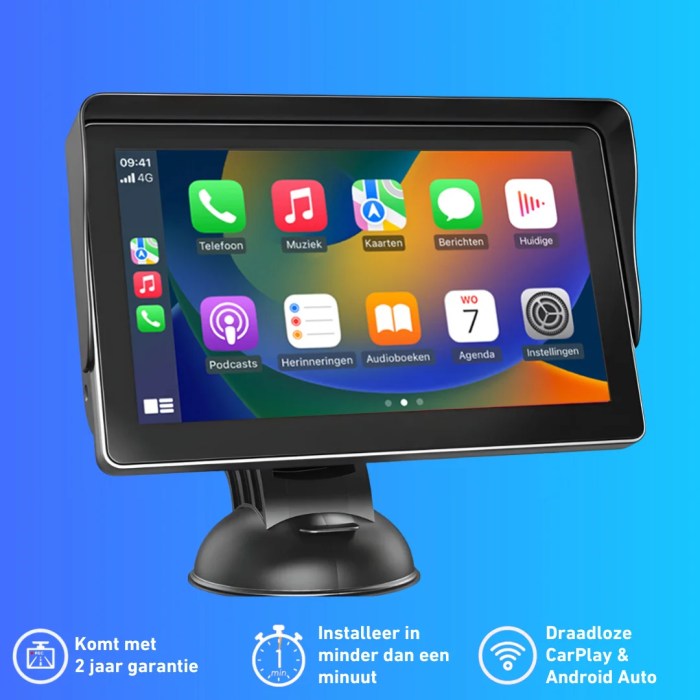An integrated hospital management system contains numerous essential elements that boost operational efficiencies, such as electronic medical records, inventory control, billing and payment processing and more.
Integrating insurance verification solutions will also assist healthcare providers with quickly accessing relevant patient information.
Patient Relationship Management
Patient relationship management is one of the foundations of hospital operations. It ensures patients have positive experiences at the hospital and its services while helping improve productivity and profitability. To do this successfully, an efficient platform must exist for patient interactions across channels – something the Integrated Hospital Management System offers as part of its features set.
This feature allows a hospital to seamlessly migrate valuable health condition statistics and associated tests from other modules or systems into its patient database, making tracking patient progress much simpler. Furthermore, this feature generates accurate bills for patients while managing insurance claims, simplifying financial processes while ensuring payments are collected timely.
The Integrated Hospital Management System also contains software that enables hospitals to manage their inventory. This feature enables hospitals to track and manage assets such as medical devices and pharmaceuticals, helping hospitals reduce costs while making better purchasing decisions and ensure all items are stored safely and appropriately.
The Integrated Hospital Management System is an all-encompassing solution designed to address all major functional areas of hospitals. The system ensures a secure, centralized database for patient records, business information, and other key details of an organization – while streamlining operations, improving administrative responses, increasing efficiency and controlling costs at once.
A centralized database also enables hospitals to easily track the activities of its subsidiaries such as clinics, nursing homes, and other health care facilities. In addition, this tool provides detailed reports about performance outcomes which assist decision-makers and strategic planners.
The Integrated Hospital Management System includes software for scheduling and appointment reminders. This enables hospitals to efficiently keep track of appointment schedules for all their patients – including those referred by other doctors – while offering better service by decreasing phone calls and letters sent by hospitals to remind patients about appointments, as well as decreasing miscommunication between patients and hospital staff.
Laboratory Management
Hospitals face daily administrative demands. Multiple departments must work in cooperation, making the coordination of communication more time consuming than necessary. Hospitals can increase efficiency and productivity by consolidating all functions into one software system – this eliminates manual work while unifying everyone on one page so doctors and staff can focus more on patient care than administrative duties.
Laboratory Management within an Integrated Hospital Management System allows for the tracking of patient records and laboratory data, including diagnostics, blood tests and other services provided by laboratories. Furthermore, lab turnover time, sample/analytical workload as well as machine performance can all be tracked for improved efficiency by reducing wait times for service delivery as well as making sure patients receive timely care.
Integrative hospital management systems help reduce operational costs and make hospitals more competitive by automating routine tasks like appointment scheduling and inventory control, providing accurate billing information and handling insurance claims and reimbursements – saving both time and money while improving patient care quality.
React is an integrated hospital management system designed to facilitate communication among all departments within a hospital. It can streamline appointments and telemedicine services while offering digital platforms for interaction between patient care staff and patients. Furthermore, React facilitates medical record transfers between hospitals.
Staff Management is another essential function of an Integrated Hospital Management System. This feature can help manage staff schedules and assign them roles based on qualifications and skills, helping minimize waiting times while guaranteeing every patient receives personalized care. Furthermore, tracking performance data reveals areas for potential improvement.
The Integrated Hospital Management System can also be used to track Operation theatre availability and promote efficient use, automate report generation and enable smart notifications, integrate with third-party software systems to achieve advanced interoperability across healthcare ecosystems, and deliver advanced interoperability capabilities across healthcare ecosystems.
Report Management
Integrated Hospital Management System is an automated tool that makes your work simpler by cutting paperwork. With it you can easily access and edit data at any time while eliminating the risk of losing important info. Furthermore, this flexible and scalable software enables businesses to customize it according to their own business requirements; with features including patient data management, financial accounting, pharmacy billing, procurement management and asset tracking.
The Integrated Hospital Management System is designed to streamline administrative tasks in hospitals and medical centers, including patient data entry, scheduling, bed management and pharmacy operations such as medication dispensing. Furthermore, this system can manage X-rays, CT scans and MRIs as well as track patients’ statuses and histories while reporting back to the Department of Health.
An integrated Hospital Management System can assist your hospital in more effectively overseeing its finances, improving healthcare delivery quality. It provides financial analysis and reporting tools for hospital administrators or managers so they can make informed decisions regarding improving performance outcomes and quality. In addition, this tool may identify opportunities for quality enhancement or strategic growth.
Hospital software can be an ideal way for medical practitioners to easily manage patient data and schedule appointments for them, track patient history and progress, create digital prescriptions quickly and efficiently for patient medication delivery, reduce paperwork errors and speed up patient service.
Also, this tool can automatically sync contacts and confirm appointments to save both doctors and their patients time, thus decreasing missed appointments and costs by eliminating human intervention. Furthermore, it offers customer support services by enabling customers to contact a representative with just one click, thus increasing productivity while decreasing stress while guaranteeing that customer inquiries are handled in an expedient manner – ultimately leading to greater customer satisfaction for your hospital and increased brand reputation.
Patient Engagement
Patient engagement is an integral component of healthcare. Studies have revealed that when patients are more engaged with their healthcare, they experience better results and are happier overall with the care provided to them. Unfortunately, implementing effective engagement strategies may present medical practices with challenges; fortunately there are numerous strategies that can increase patient engagement in healthcare.
One of the keys to patient engagement is creating an atmosphere of teamwork between providers and patients. To accomplish this goal, medical practices should develop policies and procedures to promote patient-centric communication; provide resources to aid their navigation of health systems and take charge of their own healthcare; as well as invest in technology solutions allowing patients online connection such as patient portals, mobile apps or secure messaging with caregivers.
Engaging patients in community-based programs such as support groups can also increase engagement. Such programs enable patients to share experiences and provide mutual aid – something both the provider and patient can benefit from. Furthermore, such groups help build trust and empathy – two essential ingredients of increased patient engagement.
Medical practices should regularly evaluate their patient engagement strategies to ensure they are effective, gathering feedback from both patients and providers, analyzing data, and making changes as necessary. By taking an active approach to patient engagement, medical practices can improve service quality while simultaneously decreasing healthcare costs.
Medical practices need to establish clear values and goals to determine the effectiveness of patient engagement strategies, with appointment attendance, patient feedback and no-show rates serving as metrics of their engagement strategies’ success. Furthermore, practices should monitor online interactions as well as participation in preventive care programs for opportunities to enhance these engagement strategies.
Medical practices looking to reap the full benefits of patient engagement should invest in technology solutions that integrate with EHRs and patient portals, to enhance both the patient experience and overall efficiency. They should also provide staff training as well as technical support services so technical issues don’t derail this important engagement initiative.









